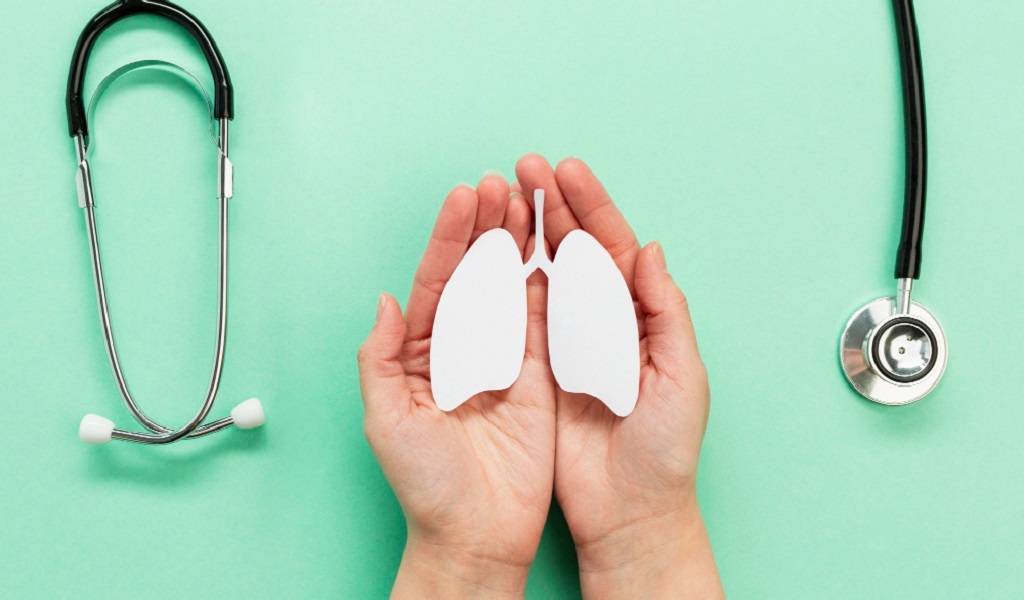Pulmonary rehabilitation, also called pulmonary rehab or PR, is a specialized program designed to help individuals with chronic lung diseases achieve optimal independence and improve their quality of life. It is not only beneficial for patients with chronic obstructive pulmonary disease (COPD) but also for those with conditions such as chronic pneumonia, emphysema, asthma, pulmonary arterial hypertension and lung cancer. These individuals often face challenges such as limited physical activity, breathing difficulties and a decreased quality of life. However, through a comprehensive pulmonary rehabilitation plan, these issues can be addressed and their well-being improved.
What is pulmonary rehabilitation?
Pulmonary rehabilitation is a personalized program that combines education, exercise training, and behavioral techniques to empower patients in managing their health and daily lives effectively.
The program typically consists of two phases: an initial phase focused on optimizing lung function and reducing symptoms, followed by a maintenance phase that emphasizes self-management strategies.
Components of pulmonary rehabilitation:
- Assessment and individualized “exercise prescription”:
The program usually begins with an assessment of the patient’s health and exercise capacity to tailor a personalised exercise program.
The “exercise prescription” may include various types of training, such as aerobic exercises (e.g., jogging, walking, swimming), resistance training to prevent muscle weakness, and breathing exercises to improve lung function and cough effectiveness.
- Airway clearance techniques:
For patients experiencing difficulty in clearing mucus from their airways, PRR team may teach techniques such as self-directed coughing and may employ manual or instrument-assisted treatments to promote lung clearance.
- Education and support:
- Patients receive education on their specific lung condition, symptom management, and self-care strategies.
- Nutritional support is provided to ensure optimal nutrition for improved lung health.
- Psychological support is offered to address emotional well-being and coping strategies.
Benefits of pulmonary rehabilitation:
Engaging in the program can lead to various benefits, including:
- Improved exercise capacity and symptom reduction
- Increased energy levels and emotional stability
- Enhanced independence and overall life satisfaction
- Reduced hospitalizations and emergency visits
- Prolonged lifespan
Tips for successful pulmonary rehabilitation:
- Attend all scheduled training sessions, except in cases of illness or severe weather conditions. Consistency is crucial for achieving optimal results.
- Maintain open communication with your healthcare team, sharing any concerns or questions you may have. This ensures personalized attention and effective problem-solving.
- Practice the exercises and skills learned during the program at home to reinforce its benefits.
Conclusion:
Pulmonary rehabilitation is a long-term process. By working together as a team, including doctors, nurses, rehabilitation therapists, nutritionists, and the active participation of patients, lung health and quality of life for patients with chronic lung disease can be significantly improved.
Remember, you are not alone on this journey. With pulmonary rehabilitation, your healthcare team will support you in regaining control of your health and enjoying a better quality of life.
